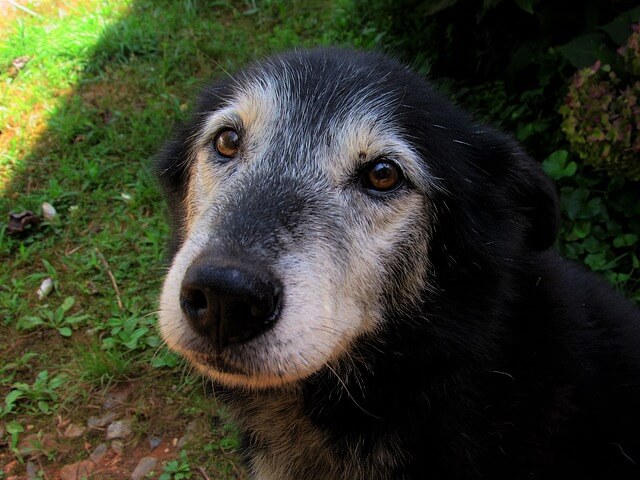
Chronic leukemia is cancer of the blood, and occurs when an abundance of white blood cells are produced quickly. It usually affects middle aged and older dogs. You may not notice it right away, as it usually begins without any visible symptoms and progresses slowly. Although it isn’t curable, it can be maintained through observation and chemotherapy, allowing your dog to live a happy life perhaps years after being diagnosed.
Symptoms of Chronic Leukemia in Dogs
Since chronic leukemia develops very slowly, you may not notice any symptoms until after your dog has been diagnosed. Should your show any symptoms, he may display some of the following:
– Lethargy
– Loss of appetite
– Mild anemia
– Swollen lymph nodes
– Enlarged spleen
– Easy bruising or bleeding
Types
Lymphocytic leukemia originates in lymphocytes, while myeloid leukemia starts in myeloid cells, or non-lymphocytic white blood cells. Lymphocytic leukemia occurs more frequently than myeloid leukemia.
Causes of Chronic Leukemia in Dogs
There is no known cause for chronic leukemia. Ususally it occurs when an abundance of white blood cells gather in the body, usually from a mutation in the bone marrow. It is found mostly in older dogs, with no preference for breed or gender.
Diagnosis of Chronic Leukemia in Dogs
Because symptoms are slow to develop, most people don’t realize their dogs have it until blood work is done for other reasons. If your dog’s blood work shows that he has unusually high levels of white blood cells, your vet will perform an examination to establish his medical profile. Theey will then perform other tests, which may include chemistry panel, urinalysis, chest radiograph, abdominal ultrasound, or bone marrow aspirate, to confidently diagnose leukemia. A bone marrow examination will usually be performed, and a biopsy might be needed.
Treatment of Chronic Leukemia in Dogs
Chronic leukemia requires careful observation. Your vet may not recommend any treatment at first, until new symptoms appear or blood work shows unusual blood cell counts. Your dog will rely on you to take note of developing symptoms and have regular examinations done.
When your vet determines that it’s time to treat, you dog may be given oral chemotherapy to control it and relieve some discomfort associated with it. Although there is no cure for chronic leukemia, medication can slow it down. You vet may suggest nutritional supplements or a change in diet, which may better equip your dog’s immune system to fight complications from the disease or treatment. Should the condition spread, your vet may recommend stronger treatment.
Recovery of Chronic Leukemia in Dogs
There is no cure for chronic leukemia, but you can hope to slow the progression and push it into remission. Your dog will need patience, and perhaps a change to his routine, as he may be less energetic and might be eating less. You should schedule regular examinations with your vet and blood work to monitor the disease and treatment. Should your dog take to treatment well, he ought to be able to live a normal, happy life.
